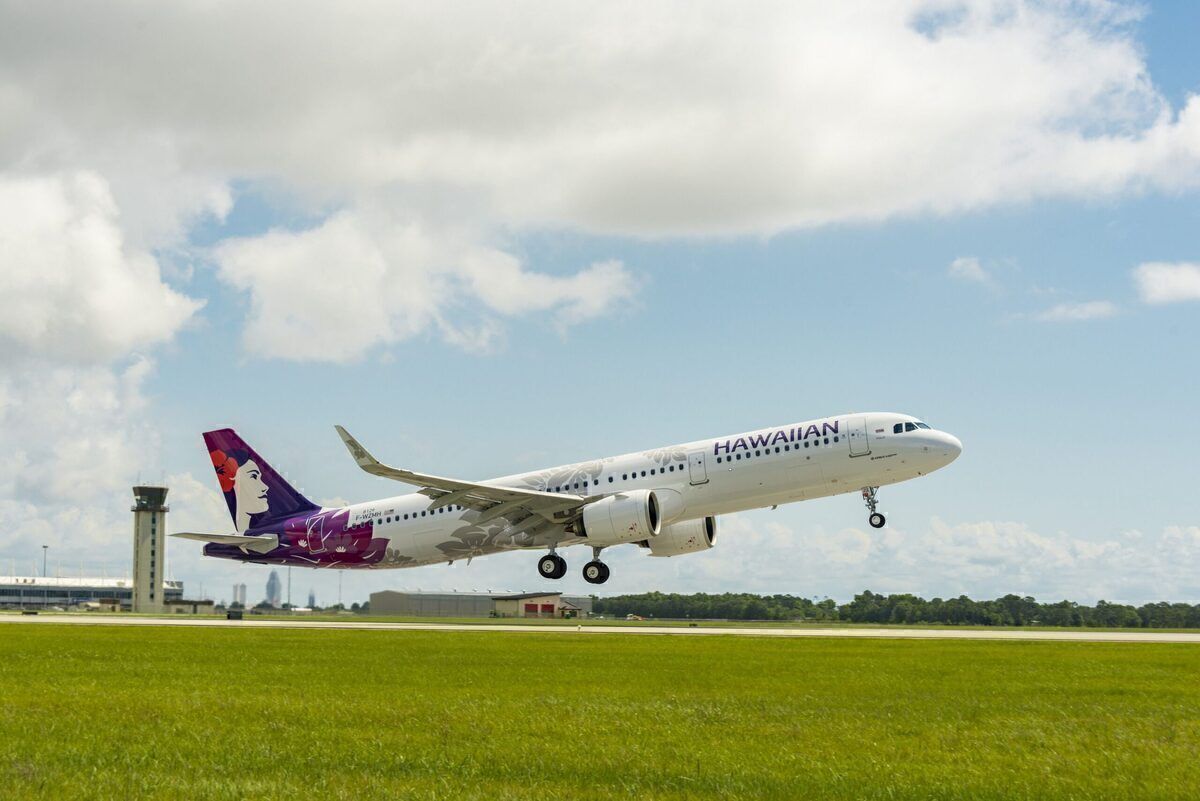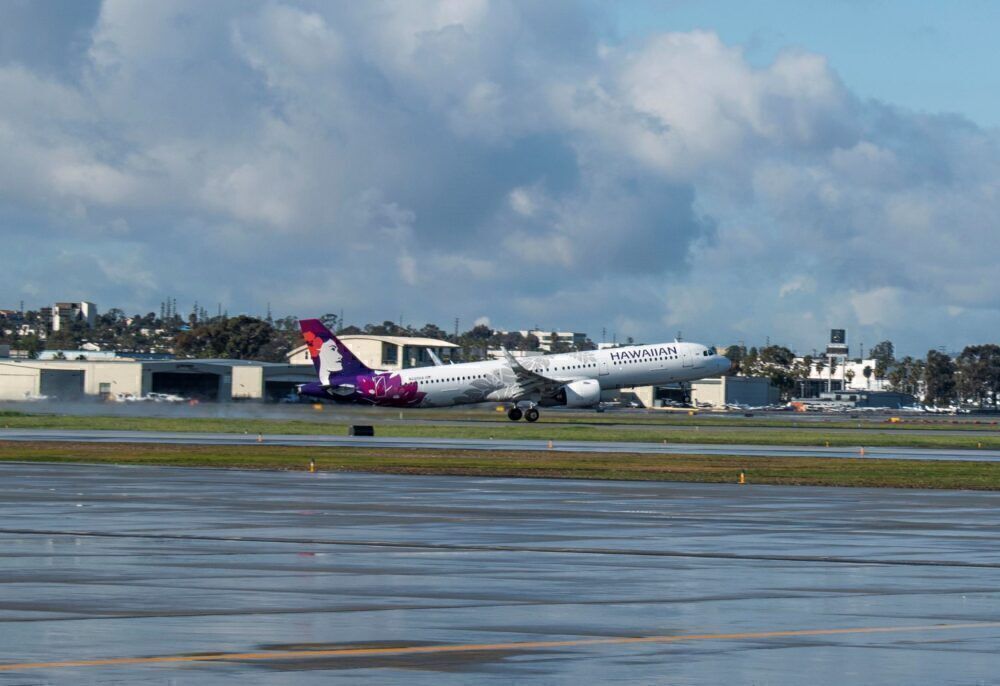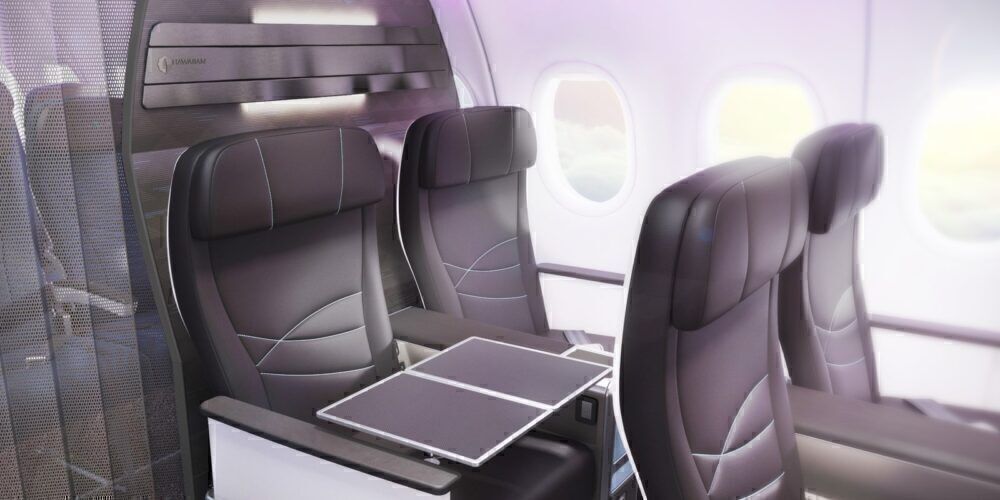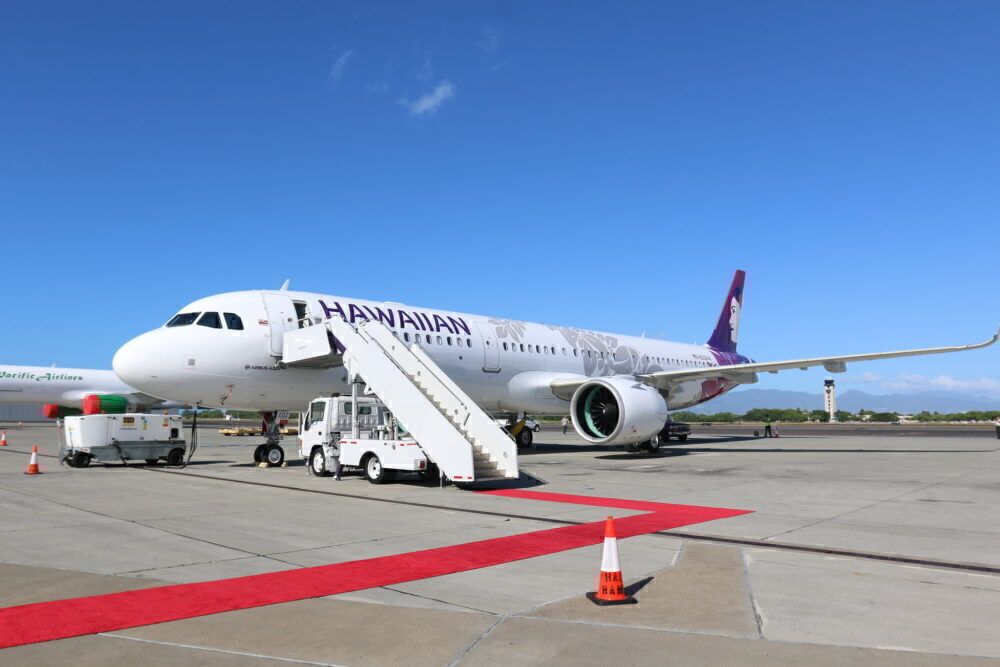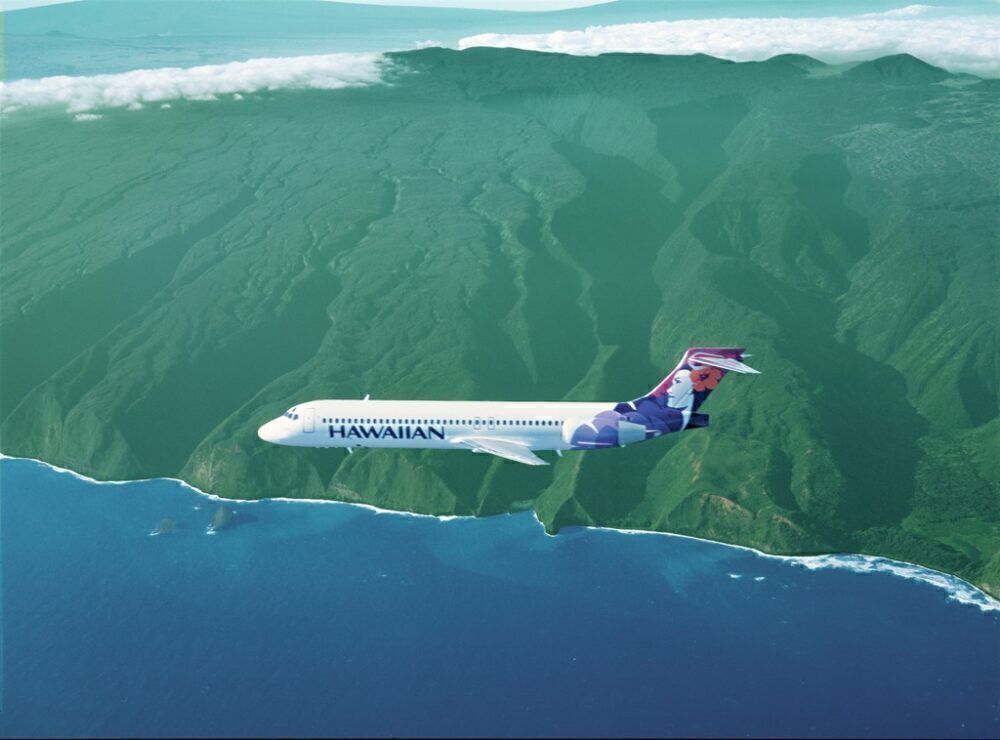The Airbus A321neo has been a game-changer for Hawaiian Airlines since the plane’s first arrival nearly four years ago, performing fantastically on trips eastward to the Pacific Coast. However, there is still so much to be seen with the narrowbody as expansion plans were forced to be put on hold following industry difficulties since last spring. Brent Overbeek, senior vice president of revenue and network planning at Hawaiian, spoke with Simple Flying about how valuable the aircraft is for the carrier’s operations.
New additions
Hawaiian is showing its determination to serve West Coast markets. Just this month, two new routes to California began in the form of Maui to Long Beach and Honolulu to Ontario. Notably, Hawaiian’s leadership highlights that operations such as these would not be possible If it wasn’t for the A321neo.
For instance, Ontario was a market that Hawaiian served back in the early 2000s, but the flights were conducted with widebodies. As a result, the economics weren’t great and the route was eventually dropped. However, the airline has now found the right balance with the A321neo.
Overbeek highlights that the economics are fantastic, and his team loves the product. The aircraft is off to a good start on this route as there are already ramp-up plans going from five flights a week to daily for the summer.
The first A321neo arrived at Hawaiian’s fleet in October 2017. Since then, another 17 units have joined the family, with the latest one arriving in May 2020.
Overall, finding the right solution for the secondary markets will do wonders for Hawaiian. Service from Long Beach to Honolulu started back in March 2018, and right from the beginning, it has performed well for the airline.
There is a strong market at the airport, with a healthy customer base in the surrounding areas. Overbeek notes that even though the airport is only 20 miles from LAX, it's a convenient option due to the ease of getting in and out of it. The more manageable journey offers an excellent way to start a trip to Hawaii.
Stay informed: Sign up for our daily and weekly aviation news digests.
Busy at work
In the long term, the A321neo will prove to be vital in the recovery period. In fact, Hawaiian nearly has the full fleet in action, with only one unit currently parked.
“The A321neos are really important as we transition back and kind of build back the network. They have great economics in terms of operating costs and in terms of fuel efficiency. It is a great, comfortable airplane for guests. So while demand is lower, and we certainly have been running load factors that are up to our normal highs, it's been a good way to bring back some service to more efficient cost levels,” Overbeek told Simple Flying.
“We've been able to build back to almost utilizing that whole fleet. We will be just about back to full utilization of the fleet by summer. So it's been encouraging, and it's really allowed us to grow and develop the use of that airplane. Markets such as Long Beach and Ontario wouldn't have been possible without the A321neos. It's also been a fantastic way for us to grow our Maui hub.”
Airlines across the globe have had to undergo extensive fleet reshuffles amid the pandemic. Ongoing restrictions and changes in passenger habits have forced carriers to chop and change their arsenal. However, the introduction of the A321neo before the global health crisis helped the airline transition more smoothly.
Complementing well
The aircraft combines favorably with the Boeing 717 and Airbus A330. Furthermore, it will continue to be a great match with upcoming arrivals such as the highly-anticipated 787 Dreamliner.
“We went into this pandemic, in some respects, in a different place to a lot of our competitors. We actually had just been through a pretty material fleet transition as we had exited the 767-300 from our fleet and brought in the A321neos. Actually, we took our last deal right around a year ago. So, we had been kind of managing the transition," Overbeek said.
“Leading into this, we had a pretty good grip on our fleet. We didn't make any material changes to the fleet we're flying today. There were some changes to our order book with Boeing, and we were due to bring 787-900s this year, but Boeing was a great partner and we were able to work through things to delay some of those deliveries and rework our order schedule.
“We brought in A321neos to do some neighbor islands flying in the interim, and that was as much about fleet deployment but also about training and keeping pilots certified. But as we look into the back half of this year, I think the fleet will start to look a lot more similar to how we had in the past in terms of A330s in our long-haul markets, whether they’ll be East Coast or international, and a mix of A321s and A330s to our West Coast cities."
The middle ground
As the industry recovers, the A330s will be used heavier in some of the big metro, cargo markets. Meanwhile, the A321s will spill out into some of the second-tier destinations where markets don't have as much cargo demand. The 787 is expected to become the Hawaiian’s flagship aircraft after it arrives and will have a stronghold on widebody operations.
Additionally, the 717 has proved its reliability on interisland hops, and Hawaiian has plenty of appreciation for the workhorse. However, when it comes to other short to medium-haul passenger operations, especially those to the West Coast, the A321neo is the perfect solution for the airline.
Altogether, following the massive shift in the industry over the last year, the A321neo naturally fits in line with the new climate. International long-haul travel will take longer to recover than local and regional markets. So, with great efficiency across the board, the narrowbody will be a force for Hawaiian on some of its key segments over the next decade.
What are your thoughts about Hawaiian Airlines’ Airbus A321neo aircraft? Have you flown on the type with the carrier over the last few years? Let us know what you think of the plane and the company’s operations in the comment section.

